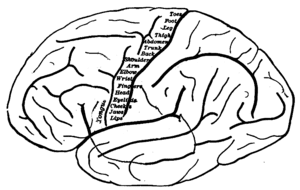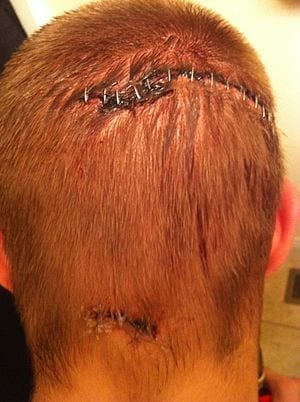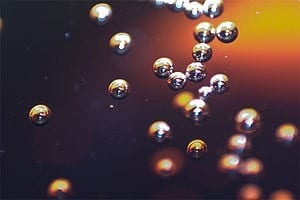Amputation disrupts not only the peripheral nervous system but also central structures of the brain.
While the brain is able to adapt and compensate for injury in certain conditions, in amputees the traumatic event prevents adaptive cortical changes. A group of scientists reports adaptive plastic changes in an amputee’s brain following implantation of multielectrode arrays inside peripheral nerves. Their results are available in the current issue of Restorative Neurology and Neuroscience.
“We found that a neurally-interfaced hand prosthesis re-established communication between the central and peripheral nervous systems, not only restructuring the areas directly responsible for motor control but also their functional balance within the bi-hemispheric system necessary for motor control,” says lead investigator Camillo Porcaro, PhD, of the Institute of Neuroscience, Newcastle University, Medical School, Newcastle upon Tyne, UK and the Institute of Cognitive Sciences and Technologies (ISTC) – National Research Council (CNR).
A 26-year old male with a left arm amputation was implanted with four microelectrode arrays in the ulnar and median nerves of his stump for four weeks. Prior to implantation, he was trained for two weeks by video to perform three specific movements with his phantom hand. During the experimental period, he underwent intensive training to control a hand prosthesis using the implanted microelectrodes to perform the same hand grip tasks. Together with visual feedback from the prosthesis, the patient received sensory feedback from an experimenter, who delivered electrical pulses to the nerves activated by each movement. EEG signals were recorded as the patient moved his right hand and the prosthesis.
The patient’s right hand movement showed clear activation of the primary sensory and motor areas for right hand movement, on the left side of the brain. Prior to implantation, commands to move the phantom left hand triggered the primary sensory and motor areas on the left side of the brain, and the pre-motor and supplementary motor cortices on both sides of the brain. No primary motor cortex movement was found on the right side of the brain, as would be expected.
via AlphGalileo Foundation
The Latest Streaming News: Restorative Neurology updated minute-by-minute
Bookmark this page and come back often
Latest NEWS
Latest VIDEO










